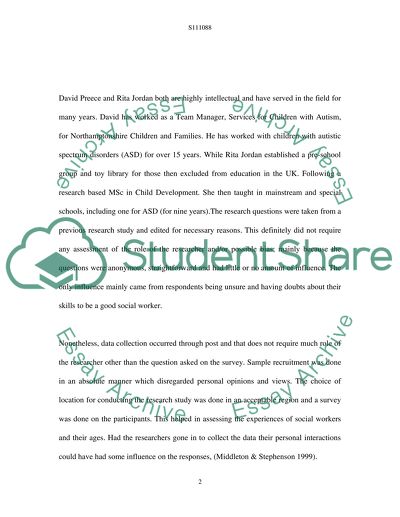Cite this document
(“Autistic Spectrum Disorders Book Report/Review Example | Topics and Well Written Essays - 2750 words”, n.d.)
Autistic Spectrum Disorders Book Report/Review Example | Topics and Well Written Essays - 2750 words. Retrieved from https://studentshare.org/health-sciences-medicine/1526023-autistic-spectrum-disorders
Autistic Spectrum Disorders Book Report/Review Example | Topics and Well Written Essays - 2750 words. Retrieved from https://studentshare.org/health-sciences-medicine/1526023-autistic-spectrum-disorders
(Autistic Spectrum Disorders Book Report/Review Example | Topics and Well Written Essays - 2750 Words)
Autistic Spectrum Disorders Book Report/Review Example | Topics and Well Written Essays - 2750 Words. https://studentshare.org/health-sciences-medicine/1526023-autistic-spectrum-disorders.
Autistic Spectrum Disorders Book Report/Review Example | Topics and Well Written Essays - 2750 Words. https://studentshare.org/health-sciences-medicine/1526023-autistic-spectrum-disorders.
“Autistic Spectrum Disorders Book Report/Review Example | Topics and Well Written Essays - 2750 Words”, n.d. https://studentshare.org/health-sciences-medicine/1526023-autistic-spectrum-disorders.


